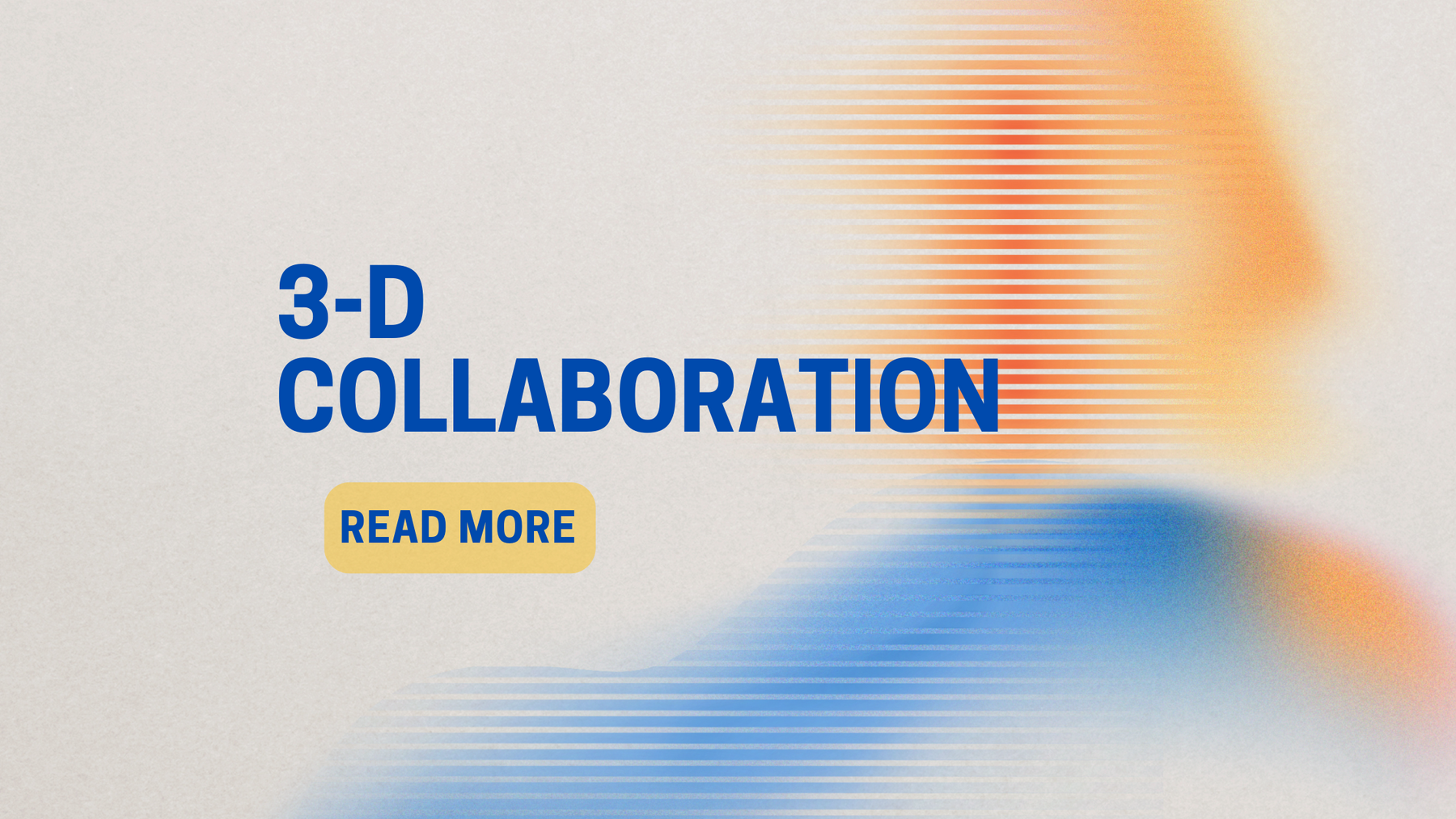We're delighted to speak with you!
CONTACT US

Construction has always required coordination across multiple teams, but in today’s fast-paced and margin-tight environment, miscommunication is more costly than ever. That’s where virtual construction — and specifically Building Information Modeling (BIM) — is stepping in as a game-changer. By turning 2-D plans into fully interactive 3-D models, builders are solving problems before they hit the jobsite, reducing errors, and improving team communication.
At its core, BIM isn’t just a tool — it’s a process. It integrates architectural, structural, and MEP designs into one unified digital environment. This allows everyone from the project manager to the HVAC installer to view the project the same way — seeing how components interact in real space. Instead of discovering that a duct conflicts with a beam during framing, those issues are caught during design coordination meetings, long before crews mobilize.
In 2025, the benefits go even further. BIM platforms now support cloud-based access, which means contractors and subcontractors can review the model in real time from the field, the trailer, or the office. Updates are visible instantly, reducing the lag between design decisions and field execution. With augmented reality integration, some firms are even overlaying models onto the jobsite using tablets or smart glasses, making it easier to align layout with design.
For builders working with tight schedules or complex scopes, virtual construction improves sequencing, material planning, and install precision. It also cuts down drastically on RFIs and change orders, since many of the questions that would normally arise mid-project are already resolved in the model. This kind of proactive coordination leads to shorter build cycles, fewer disputes, and better outcomes for clients.
Importantly, virtual construction isn’t just for large commercial contractors. More residential and mid-size builders are accessing affordable BIM-based tools and services tailored to smaller projects. These allow for quick visualization of framing systems, product assemblies, and energy performance — ideal for permitting, client presentations, or preconstruction planning.
At CMS, we’ve seen firsthand how virtual construction is driving better builds. That’s why we’re committed to supporting these workflows — with accurate product data, digital submittals, and layout-ready material packages that align with your BIM process. As jobsite expectations rise, having a supply partner who’s fluent in your digital tools makes all the difference.
Want a material supplier who fits into your virtual workflow — not against it?
📞 Contact Construction Material Specialists — precision starts with the right coordination.
We're delighted to speak with you!
{"one"=>"Select 2 or 3 items to compare", "other"=>"{{ count }} of 3 items selected"}